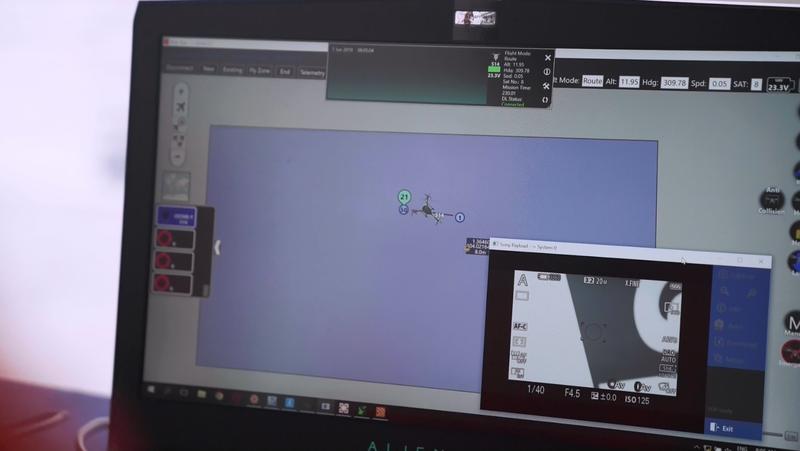Air New Zealand trialling drone aircraft inspections
- 18 June, 2019 11:46

Air New Zealand is using drones to inspect difficult to reach parts of its aircraft during maintenance stops.
The unmanned drones take a pre-planned route around the outside of aircraft taking high definition images of surfaces and parts.
The images are processed by software which highlights and classifies defects, which engineers review.
“Normally aircraft and drones don’t mix well in the same airspace…we think we’ve found a way they can get along very well,” said Air New Zealand chief ground operations officer Carrie Hurihanganui.

“Using a drone to inspect our aircraft will save time, taking around one to two hours, compared to up to six – depending on aircraft type – which means repairs can start sooner if needed, and our aircraft will be able to get back in the air more quickly,” she added.
The airline worked with Singapore firm ST Engineering’s aerospace arm – the world’s largest airframe maintenance, repair and overhaul service provider – to trial the drone system, known as DroScan.

Testing is taking place at ST’s facility next to Changi Airport in Singapore where Air New Zealand aircraft undergo heavy maintenance checks.
“We’ve trialed using DroScan on a number of our aircraft undergoing maintenance inspections in Singapore now and believe using a drone will also help improve inspection quality. In the future, there may be an opportunity to use the device in New Zealand, for example to conduct ad hoc inspections after lightning strikes,” Hurihanganui said.
The announcement of the trial was made at the Paris Air Show today.

“Our engineers can now focus on higher value added activities, by spending their time on analysing the defect and developing solutions, rather than spending their time climbing all over the aircraft looking for defects,” said ST’s aerospace arm deputy president Jeffrey Lam.
“We believe solutions such as DroScan will drive great value for the aviation industry given the huge emphasis it places on safety and efficiency, and we look forward to using it to great effects after we have completed the trials successfully with Air New Zealand,” he added.

